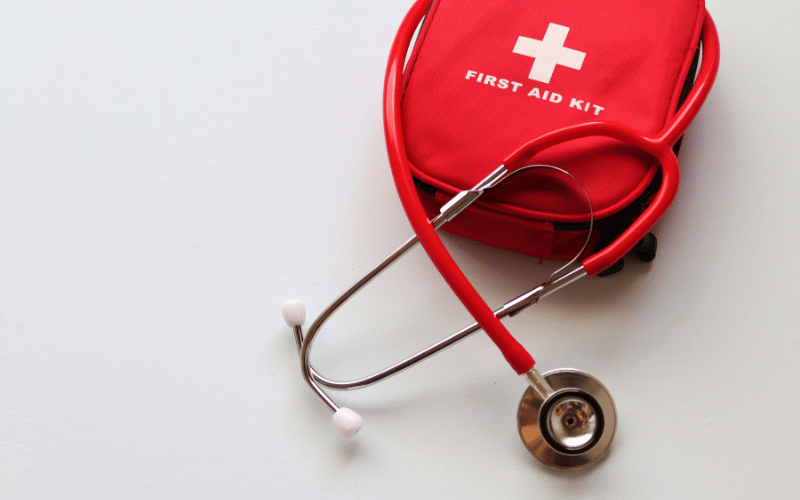Fact 6: A Treatment Conundrum – No Cure but Care

It’s crucial to state the facts squarely: as of now, there’s no known cure for Charcot-Marie-Tooth disease. But that statement, while true, doesn’t capture the full story. The absence of a cure doesn’t equate to the absence of care. There’s a spectrum of treatments available, aimed at managing symptoms and improving the quality of life.
One of the mainstays of CMT management is physiotherapy. Regular exercises can help maintain muscle strength, enhance flexibility, and reduce muscle tightness. For someone with CMT, a physiotherapy session isn’t merely about movements; it’s a step towards autonomy, ensuring that they remain as mobile and independent as possible.
Orthopedic devices, especially ankle-foot orthoses, can be invaluable. These braces offer enhanced foot stability, reduce the risk of tripping, and can even improve gait. For a person with CMT, something as simple as a well-fitted brace can be transformative, turning a walk in the park from a dream to a daily reality.
While CMT’s core cannot be reversed with medication, some drugs can help manage its symptoms. Pain, a common complaint, can be managed with specific medications. The goal is always holistic care, ensuring that a person with CMT leads a life as pain-free and comfortable as possible.
The landscape of CMT research is vibrant and hopeful. Scientists are continually exploring potential treatments, ranging from gene therapies to novel drugs. Every study, every trial, is a beacon of hope, illuminating the path towards a future where CMT might be not just managed, but cured. (6)